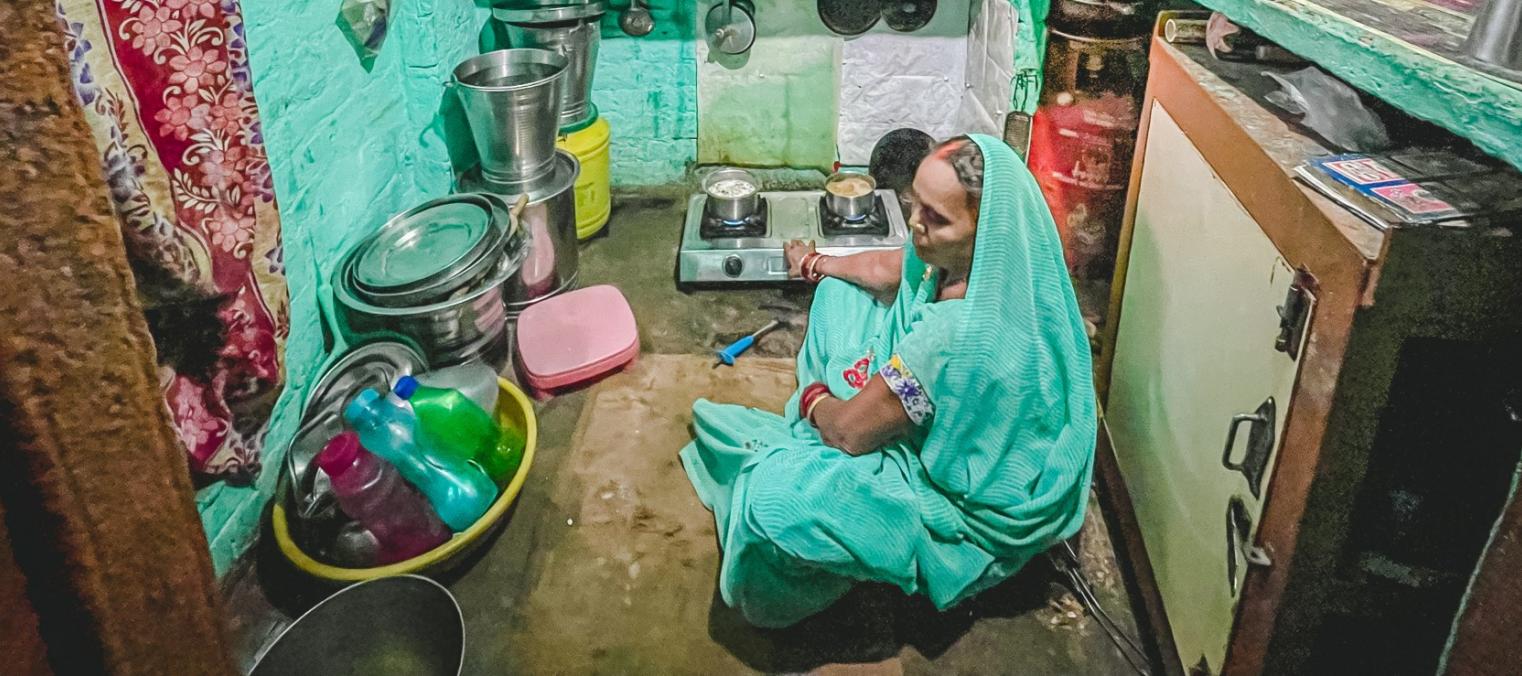




- 85 per cent households have an LPG connection
- More than half of Indian households still use traditional solid fuels
New Delhi, 06 September 2021: More than 70 per cent of Indian households use LPG as their primary cooking fuel and 85 per cent have LPG connections, according to an independent study released today by the Council on Energy, Environment and Water (CEEW). However, as many as 54 per cent households continue to use traditional solid fuels, either exclusively or by stacking them with LPG. Using traditional solid fuels such as firewood, dung cakes, agriculture residue, charcoal, and kerosene for cooking increases exposure to indoor air pollution for such households. The study also highlighted that LPG coverage and its use as a primary cooking fuel should be particularly improved in the rural areas of Bihar, Jharkhand, Madhya Pradesh, Odisha, and West Bengal. Last month, Prime Minister Narendra Modi launched Pradhan Mantri Ujjwala Yojana (PMUY) 2.0, aimed at providing free LPG connections to 1 crore poor and migrant families in the country.
CEEW’s findings are from the India Residential Energy Survey (IRES) 2020, conducted in collaboration with the Initiative for Sustainable Energy Policy (ISEP). The Survey, conducted before the pandemic in FY 19-20, covered nearly 15,000 urban and rural households across 152 districts in India's 21 most populous states.
The CEEW study also highlighted that 84 per cent of households that use traditional solid fuels along with LPG cite high cylinder costs as one of their reasons for stacking fuels. This finding is significant in the context of the ongoing surge in LPG prices, which have risen by INR 240 per cylinder (a 40 per cent hike) over the past one year. Lower household incomes during the pandemic and the suspension of LPG subsidies in May 2020 have made LPG unaffordable for a section of the population. Other reasons for fuel stacking include a preference for cooking on traditional chulhas (72 per cent of households), the availability of free biomass (59 per cent of households), and the limited availability of LPG refills (46 per cent of households).
Shalu Agrawal, Senior Programme Lead, CEEW, said, "The government deserves much credit for its efforts to expand clean cooking energy access, primarily through the first phase of PMUY. But 15 per cent of Indian households still lack LPG connections. Phase II of PMUY should focus on bridging the coverage gap through targeted beneficiary identification, improved enrolment processes, and awareness campaigns. Further, policymakers should prioritise reinstating LPG refill subsidies to wean consumers away from solid fuels, which disproportionately impact the health of women and children."
Sunil Mani, Programme Associate, CEEW, and lead author of the study, said, “Reducing citizens' exposure to indoor air pollution should be a public health priority, more so during the COVID-19 pandemic. Since the social costs of using solid fuels are very high, we must strive to make LPG affordable and accessible through timely home delivery. The government should consider diverse strategies to disburse subsidies to deserving households.”
The CEEW study also recommends incentivising rural distributors to improve home delivery of LPG. The government could provide them with higher commissions per refill and link the commission amount to connection density. Further, LPG programmes must be linked to broader social assistance or rural development schemes. Finally, policymakers should also promote the production of biomass pellets and briquettes for commercial or industrial use. This could create new markets for biomass and nudge consumers towards adopting LPG for their cooking needs.
The study, 'State of Clean Cooking Energy Access in India' can be accessed here.
Contact: Riddhima Sethi, [email protected]; Mihir Shah, [email protected]